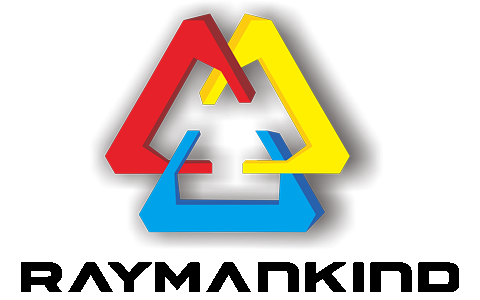In today’s fast-paced industrial landscape, 3D printing, also known as additive manufacturing, is redefining production processes. Raymankind is at the forefront of this transformation, providing expertise in machines, materials, and 3D printing services to optimize manufacturing across various sectors. But how exactly does 3D printing bolster manufacturing, and what industries stand to benefit?
Scope of 3D Printing in Manufacturing
3D printing allows manufacturers to create parts and products by layering materials based on a digital design. This technology extends far beyond rapid prototyping, now fully integrated into mass production across industries such as footwear, consumer goods, and automotive. With the ability to use diverse materials—like polymers, metals, and composites—manufacturers can innovate with unprecedented flexibility.
Footwear, Consumer Goods, and Automotive Perspectives
For the footwear industry, 3D printing enables the design and production of custom insoles and outsoles. Companies can respond quickly to market demands, delivering personalized products without the need for mass tooling. A great analogy would be creating a tailored suit versus producing standard, off-the-rack sizes—3D printing allows for precision and customization.
In consumer goods, companies use 3D printing to quickly prototype new designs, reducing time-to-market by up to 90%. For example, a survey from Statista showed that in 2020, 65% of manufacturers using 3D printing reported improved production speeds.
Meanwhile, the automotive industry leverages this technology for making lightweight, high-performance parts. Complex geometries that were once impossible or too costly to produce are now easily achievable, offering solutions for electric vehicle components and enhancing fuel efficiency.
“3D printing is set to transform every aspect of manufacturing, from design and prototyping to production and supply chains, enabling faster innovation and unparalleled customization.”
Industry Week1
How to Implement 3D Printing
Businesses aiming to adopt 3D printing should start with prototyping to familiarize themselves with the process, materials, and technology. Partnering with experts like Raymankind can streamline this transition by providing tailored machines and materials suitable for your specific industry.
In conclusion, 3D printing is not just a tool; it is a manufacturing revolution. The integration of this technology into diverse industries is setting new standards for efficiency, innovation, and sustainability.
1 - Industry Week is an American trade publication that focuses on manufacturing, covering topics like leadership, technology, supply chains, and operations. It offers insights for professionals within the industry, with a strong emphasis on trends and operational strategies for global manufacturing companies. It is owned by Endeavor Business Media and operates primarily as an online platform providing content such as articles, research reports, and event information related to manufacturing industries. You can find more information about them and their resources on their website at www.industryweek.com.
